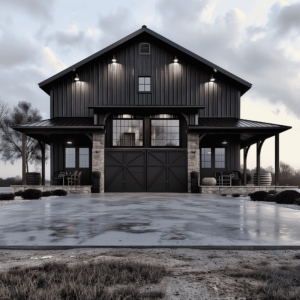
Comparing Cold-Formed Steel and Red Iron Steel: Advantages and Disadvantages in Building Construction
When it comes to constructing buildings, two popular choices for structural framing are cold-formed steel (CFS) and red iron steel, also known as structural steel. Each material comes with its own set of advantages and disadvantages, making them suitable for different applications depending on various factors.
Cold-formed steel, characterized by its thin sheets of steel that are formed into shapes through cold-working processes, offers several advantages. Firstly, CFS is lightweight yet strong, making it ideal for projects where weight is a concern, such as residential buildings or multi-story structures. Additionally, CFS components are typically prefabricated off-site, allowing for faster and more efficient construction, reducing labor costs and time. Moreover, cold-formed steel is highly durable and resistant to fire, pests, and rot, ensuring long-term structural integrity and minimal maintenance requirements.
On the other hand, red iron steel, which consists of beams and columns fabricated from rolled steel sections, also has its own set of advantages and disadvantages. One significant advantage of red iron steel is its exceptional strength and load-bearing capacity, making it suitable for large-scale commercial and industrial projects such as warehouses, factories, and skyscrapers. Additionally, red iron steel offers flexibility in design, allowing for wide spans and open floor plans without the need for intermediate support columns. However, red iron steel is heavier and more expensive than cold-formed steel, and its fabrication and installation processes are more complex and time-consuming.
Despite their respective advantages, both cold-formed steel and red iron steel have their disadvantages. Cold-formed steel may be susceptible to corrosion if not properly coated or protected, and its thinner sections may require additional bracing in high-wind or seismic zones. On the other hand, red iron steel’s heavier weight and larger sections may require specialized equipment for handling and installation, increasing construction costs and logistical challenges.
In conclusion, the choice between cold-formed steel and red iron steel depends on various factors such as project scale, budget, design requirements, and environmental conditions. While cold-formed steel offers advantages in terms of lightweight construction, speed of installation, and durability, red iron steel excels in strength, versatility, and load-bearing capacity. Ultimately, consulting with our team of steel building experts at Barns and Barndos can help determine the most suitable material for a specific project, ensuring optimal performance and longevity of the building structure. So no worries, take a load off and leave the heavy lifting to us! This is what we do.
